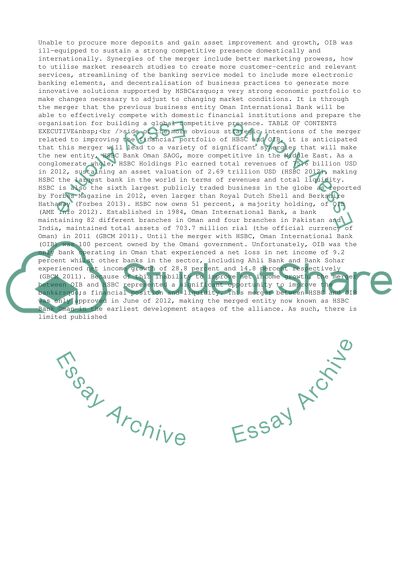Cite this document
(“Integration Management (HSBC and Oman International Bank (OIB) Merge) Essay”, n.d.)
Integration Management (HSBC and Oman International Bank (OIB) Merge) Essay. Retrieved from https://studentshare.org/business/1475133-integration-management-hsbc-and-oman-international
Integration Management (HSBC and Oman International Bank (OIB) Merge) Essay. Retrieved from https://studentshare.org/business/1475133-integration-management-hsbc-and-oman-international
(Integration Management (HSBC and Oman International Bank (OIB) Merge) Essay)
Integration Management (HSBC and Oman International Bank (OIB) Merge) Essay. https://studentshare.org/business/1475133-integration-management-hsbc-and-oman-international.
Integration Management (HSBC and Oman International Bank (OIB) Merge) Essay. https://studentshare.org/business/1475133-integration-management-hsbc-and-oman-international.
“Integration Management (HSBC and Oman International Bank (OIB) Merge) Essay”, n.d. https://studentshare.org/business/1475133-integration-management-hsbc-and-oman-international.


